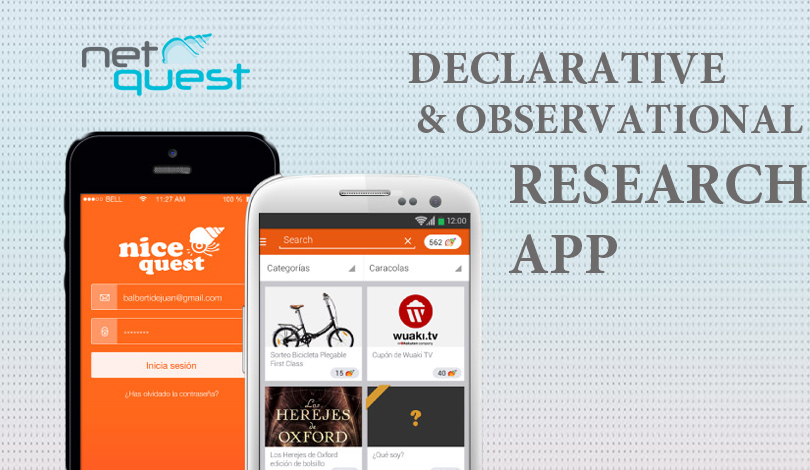Looking across the globe, the average millennial (aged 16-30) with internet access spends 3.2 hours a day on their mobile devices – the equivalent of 22.4 hours – almost a whole day – every week. That’s 1,168 hours or 49 days over the course of a year.
This rises to 3.8 hours a day in Malaysia, where digital access is mobile-driven; 95% of the internet population in the country now owns a smartphone, according to Connected Life, a study of over 60,000 internet users worldwide from global research consultancy TNS.
Millennials prioritise social over other forms of media, with 63% using social media daily, or watching online video (59%). This age group are also the most likely to adopt new buying methods such as mobile payments (8% of millennials, globally do this daily). They also continue to consume media in traditional ways (e.g. TV, radio) but with much lower frequency than previous generations.
However, focusing on how to use new channels to engage millennials can be an expensive distraction. By constantly trying to keep up with the most digitally advanced consumers, brands risk leaving behind other consumers who are also shifting their patterns of behaviour, albeit at a slower pace.
For older consumers, traditional media habits still hold strong with the 46-65 age group spending 3.1 hours each day watching TV, reading newspapers and listening to the radio; an hour and a half more than the average millennial. Yet older consumers are still a shifting target, and are using online platforms on a much more regular basis. Those online aged 46-65 spend 1.5 hours a day on their phones, while 24% use Facebook on a daily basis.
This dual pace in consumer adoption rates is creating a growing ‘digital divide’ that is most evident in Western markets, particularly the US, UK, Germany and France, leaving many businesses struggling with how they can tailor content for different audiences.
Barclays is one example of a company that is successfully bridging this gap, reaching young people through social media and instant messaging, while targeting ‘silver surfers’ through bespoke training courses and downloadable guides to help them with online banking and other digital platforms.
Joseph Webb, Global Director of Connected Life, said:
“Brands need to be wary of making sweeping assumptions about the digital habits of different age groups. While millennials are clearly an important demographic, Generation X (aged 31-45) and the baby boomers (aged 46-65) generally have higher disposable incomes, established buying patterns and are spending increasingly more time online. Brands are often too focused on the need to market to their most advanced digital consumer, when actually a tiered strategy, reflecting where the spending power actually sits, may be more appropriate.”
In today’s fragmented media landscape, millennials are using even more platforms across IM, social and traditional channels. Almost seven in 10 (69%) of 16-30 year olds use instant messaging every day, up from 43% last year, while almost two hours a day are spent watching video on-demand and TV shows on the internet.
Webb continued:
“As brands race to catch up with consumers and stay up-to-date on the newest platforms, they need to address two challenges. Firstly, they need to make sure they are focusing on the content-driven, shareable campaigns that really cut through with this user group. Secondly they need to not to fall into the trap of assuming that older customers can be easily targeted solely through traditional media. Patterns of behaviour are also shifting among these groups and their higher spending power means tailored messaging and media plans are essential.”
| Device / activity | Baby boomers (46 -65) | Gen X (31-45) | Millennials (16-30) |
| Time spent daily (hours) | |||
| Mobile | 1.5 | 2.4 | 3.2 |
| Media consumption
– TV – Radio – Newspapers & magazines – Watching video and TV online |
2.3 0.5 0.3
1.2
|
1.3 0.2 0.1
1.6 |
1.3 0.2 0.1
1.9
|
| Social media usage | 1.2 | 1.6 | 2.4 |
About Connected Life
Connected Life is a leading global study of the digital attitudes and behaviours of 60,500 internet users across 50 countries, exploring how technology is transforming the lives of consumers across the world. It offers essential insight into the impact of the growing digital ecosystem on the media landscape.
Connected Life also uncovers new and exciting opportunities for marketers to connect with their consumers in this increasingly complex environment; it is a powerful tool that helps brands make better digital decisions.
The fieldwork was undertaken in all markets between May and August 2015.
For further information, visit http://www.tnsglobal.com/connectedlife
About TNS
TNS advises clients on specific growth strategies around new market entry, innovation, brand switching and customer strategies, based on long-established expertise and market-leading solutions. With a presence in over 80 countries, TNS has more conversations with the world’s consumers than anyone else and understands individual human behaviours and attitudes across every cultural, economic and political region of the world.
TNS is part of Kantar, the data investment management division of WPP and one of the world’s largest insight, information and consultancy groups. Please visit www.tnsglobal.com for more information.
About Kantar
Kantar is the data investment management arm of WPP and one of the world’s largest insight, information and consultancy groups. By uniting the diverse talents of its 12 specialist companies, the group is the pre-eminent provider of compelling data and inspirational insights for the global business community. Its 30,000 employees work across 100 countries and across the whole spectrum of research and consultancy disciplines, enabling the group to offer clients business insights at every point of the consumer cycle. The group’s services are employed by over half of the Fortune Top 500 companies. For further information, please visit us at www.kantar.com














